On-board the Indian Pacific, I was musing about how Aboriginals believe you can hear the earth humming in these parts. Deep in the heart of Australia’s Outback, I can’t say I deciphered any Gaia-generated percussion, but the burnt ochre earth positively radiates. Scanning the infinity horizon of the Nullabor Plain, my foray across Australia’s mighty girth was aboard Great Southern Rail’s Indian Pacific.
For trainspotters, it’s an epic excursion of bucket list proportions. As I boarded this celebrated train, its storied sense of grandeur is undeniable, a gleaming silvery ribbon of steel comprising 31 carriages and spanning over 700 metres. It’s been just over a century since a coast-to-coast rail line connected Australia’s vast expanse, although between Sydney and Perth, the track was actually made up of three conflicting gauges.
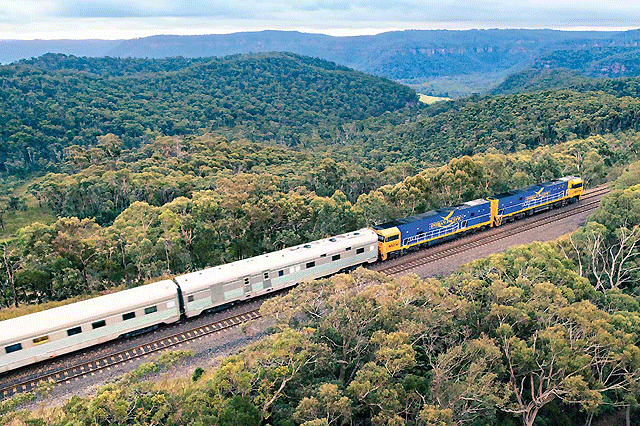
Fast forward to 1970 and with a standard railway line providing uninterrupted travel across the continent, the Indian Pacific embarked on its first ride from Sydney to Perth. I recently joined its westward service in Adelaide, from where it’s a two night romp to Perth. Many of my fellow passengers had boarded the train two nights earlier, in Sydney. If you opt for the full traverse, the runaway highlight across New South Wales is the off-train excursion to The Palace Hotel, Broken Hill.
Yes, the characterful pub made famous as a location set in “Priscilla, Queen of the Desert.“ Remember those ceiling-to-floor and wall-to-wall paintings adorning the hotel? They’re still there. You can even catch an in-house drag show, with dazzling divas Shelita and Christina the resident entertainers. An extensive stop in Adelaide allows you time to take in city excursions, or further afield, venturing off to Barossa or Hahndorf.
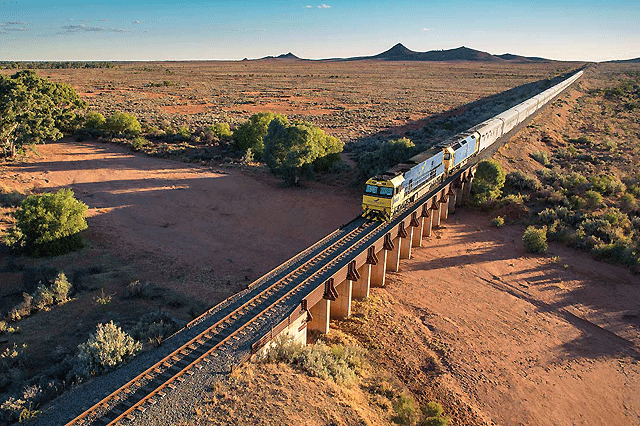
For those who, like me, were embarking the train, the Indian Pacific laid on a hearty welcome with an Adelaide Joiners Dinner at the National Wine Centre. Before feasting on Cajun Spiced Salmon and Spiced Fig Pudding, the wine centre’s interactive displays are a thrill to explore, charting the industry’s rich history across Australia. Their open cellar is one of the largest in the Southern Hemisphere, housing up to 38,000 bottles. What a spectacle!
Over dinner, I met some of my fellow passengers who soon became familiar rail buddies. The demograph was surprisingly diverse, spanning all age groups. An effervescent forty-something couple from Sydney, a retired farming couple from Renmark – true salt of the earth people, and a travelling mother and daughter from Britain. Hailing from Sheffield, they were hilariously entertaining, particularly the lippy 16 year old daughter who faced the “dire” prospect of an involuntary digital detox for 48 hours, given the lack of WiFi on-board.

She coped heroically well, despite claiming over breakfast the following morning that she had “the shakes.” With no social feeds to populate, posts to like or devices to distract, a gregarious and convivial spirit infused the rail experience from start to end. 214 passengers, attended to with whip-smart efficiency and sparkling service by the 35 staff. We boarded as like-minded travellers, settled into the shared experience, and disembarked with firm, fond friendships formed.
Throughout the journey, the conversation flowed as freely as the complimentary, all-inclusive drinks in Gold Service, whether its fine wine, bubbly, beer or cocktails that whets your whistle. Dining was a delight, with the sumptuous Queen Adelaide Restaurant setting the stage for superlative gourmet cuisine, starched white tablecloths, silver cutlery, fine china and elegant service. The novelty of showering and dressing up for dinner, strolling from your cabin to the cocktail bar for a pre-dinner drinks, followed by magnificent regionally-inspired a la carte dining across three courses, is what travelling in style is all about.
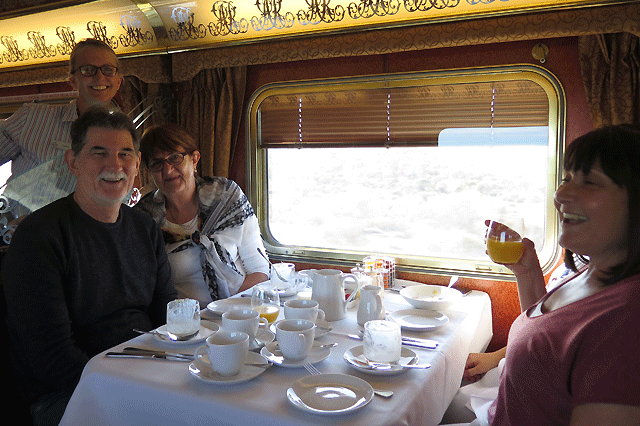
Add to that, the undeniably evocative romance of rail travel. My Gold Class ensuite cabin was a cocoon of comfort, albeit compact. While partaking in breakfast and dinner, my cabin would be artfully transformed from a lounge into a bedroom and vice versa. Maybe it was the ouzo, or the percussive rhythm of the train, but I slept solidly like a baby.
Deep into the first night, the train rolled through Port Augusta, a proud railway town, which also plays host to The Ghan, on its mighty journey between Adelaide and Darwin.
Nicknamed the “crossroads of Australia” Port Augusta is where all the major highways from the north, south, east and west intersect. Shortly before dawn, we trundled through Woomera. Taking its name from a traditional Aboriginal tool used to enhance the speed of a thrown spear, Woomera holds much appeal for space buffs. The township’s rocket testing range was established in the 1940s and is still actively used. Woomera also played a critical role in the first Moon landing, with specialised tracking and communications stations.
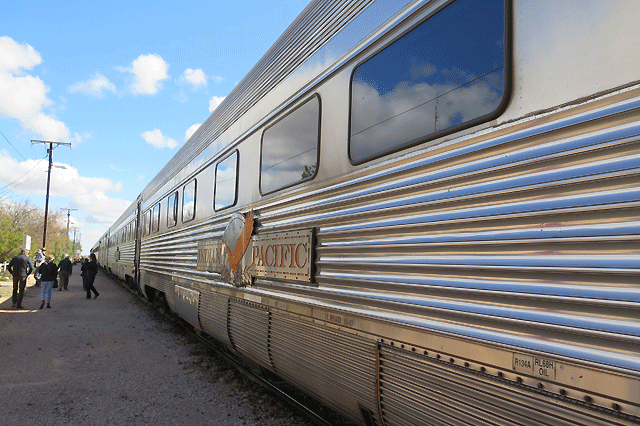
It’s the multitude of back-of-beyond curiosities that piqued my interest all along the journey, like Maralinga, which was the site of nuclear bomb testing by the British. Adjacent to the testing site is the ghost town of Ooldea which marks the start of gob-smacking Nullabor Plain and the longest stretch of dead-straight rail line in the world. Australian astronomer, Andy Thomas, confirmed that it’s visible from space.
As far as the eye can see, rich ochre soil and scrubby bush dominate the landscape and the burnt, baked earth. Occasionally, the only twist to the prevailing palette was the sudden presence of wild hop flowers, sprouting from the ochre earth in reddish and purple hues. Afghan Cameelers dropped seeds from the Middle Eastern plant as they surveyed and built the original rail line in the early 1900s.
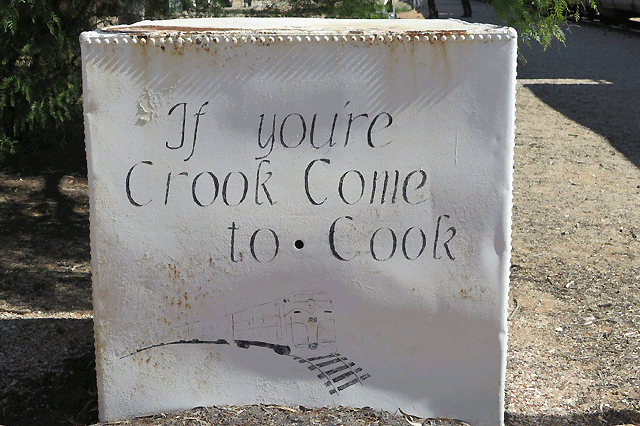
The wild hop seeds were used by the Afghan camel drivers to pad out their saddle-bags, yet they inadvertently added splashes of colour to the landscape, far and wide, as the seeds shed from the padding of their bags. We pulled into Cook, which was previously a service town for the Trans-Continental Railway. Just four people remaining living in Cook, servicing the trains with water and diesel, as they pass each day.
It was once a thriving Nullabor town with around 200 residents, its own hospital, school, shops and golf course. But the privatisation of the railways twenty years ago effectively killed Cook, reducing its status to a sleepy refuelling station, with a trove of deserted old buildings offering echoes of a bygone age. Further up the line, Forrest is another sleepy curio, with just two residents.
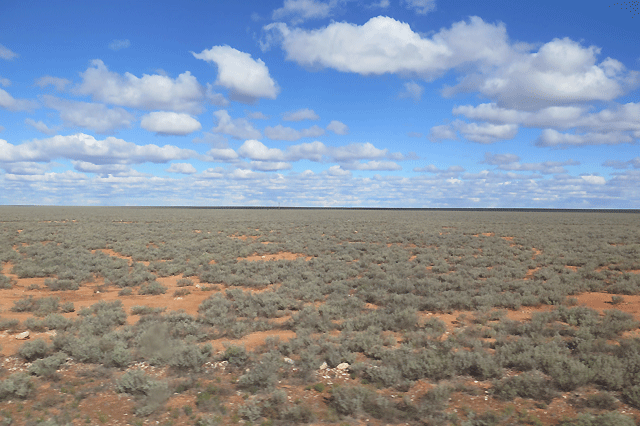
They are employed to maintain two emergency runways, which are Australia’s biggest outside of the major cities. Shortly before Forrest, a flock of wedge-tailed eagles were wheeling above the train, turning on quite the avian spectacle over afternoon drinks in the lounge bar. Apparently they scan the railway line for roadkill – or should that be rail-kill. The mighty birds have a wing-span of 6 metres and they proudly inspired the official logo for the Indian Pacific train, emblazoned on every carriage. Suddenly, the train screeched to a halt.
One of the birds had seemingly mis-judged its manoeuvres and had crashed into the front of the locomotive’s window, smashing it. The train driver must have got a hell of a shock. It prompted us to stop in Forrest, so that the window pane could be replaced. It turned out that more than just the window had been damaged, so a freight train provided us with its spare locomotive, while our damaged one was carted back to Adelaide. The spirit of camaraderie extends far beyond just the passengers on this far-reaching railway line.
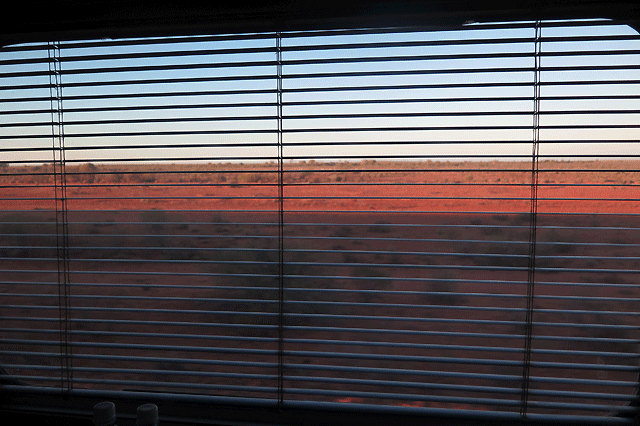
My cabin window fitfully fulfilled the role of live streaming TV, as the ever-changing moods of the sky and land powered the viewing. The earth would switch shade, running the gamut from rust-red and ash black to quartz pink and bleached sandstone. Cathedral towers of termite mounds rose bravely from the dirt, while wedge-tailed eagles soared above and galahs canoodled on old telegraph wires.
The endless sky acted like a canvas for shape-shifting cloud formations, spanning big fluffy balls and wispy streaks of candy floss. As if to tease you, every now and then a fleeting glimpse of the train could be gleaned, sinuously leaning into a curve on the track ahead. But it’s the blood-red and crimson sunsets, rich, majestic and lingering improbably like a stain across the skyline, that are seared in my memories with commanding affection.
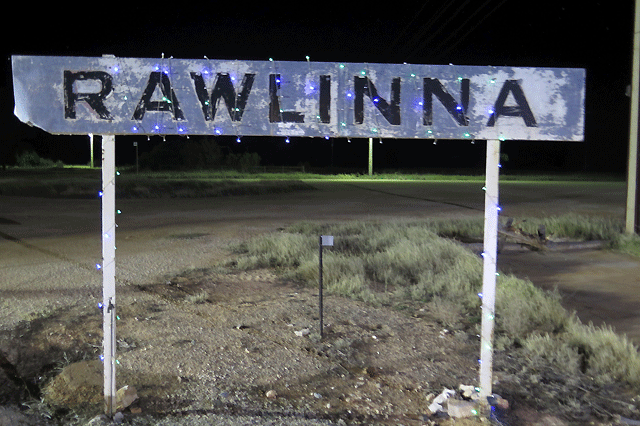
One final stop beckoned in Rawlinna, as the inky night sky took hold and barbeques sparked into life, on the railway siding. Could there be a more isolated place to enjoy cold beers and freshly-cooked bangers? The siding lies next to Australia’s largest sheep station, mind-blowing in size at 2.5 million acres. In the pre-dawn hours, the lights of Kalgoorlie flickered through my window, which makes for a great excursion on the eastbound service from Perth.
Finally the pancake-flat red earth gave way to the tucks and folds of greener rolling countryside as we whisked through the bucolic charms of the Avon Valley and the state’s wheat belt. The shimmering towers of Perth drew ever closer and the meditative reverie of this legendary rail journey across Australia’s formidable girth finally drew to a close. Great food, delightful company, luxurious accommodation, winning service, eye-opening off-train excursions and raw interior landscapes all combine to create a remarkable rail expedition. It’s a belter of a trip, uniting Australia’s wide smile. www.greatsouthernrail.com.au
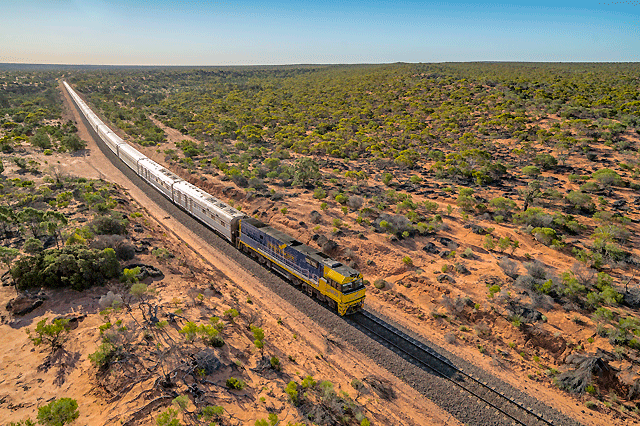
Air New Zealand offers year-round direct services from Auckland to Perth, and non-stop flights from Christchurch with its seasonal summer service between December and April. Go West in style and comfort. A variety of inflight product choices are available including; Seat, Seat+Bag, The Works, as well as Premium Economy and Business Premier. Connections are available ex all Air New Zealand serviced domestic airports. Bag a seat to suit at www.airnewzealand.co.nz
For more tips and insights on exploring the great temptations of Western Australia, head to the regional tourism site. www.westernaustralia.com




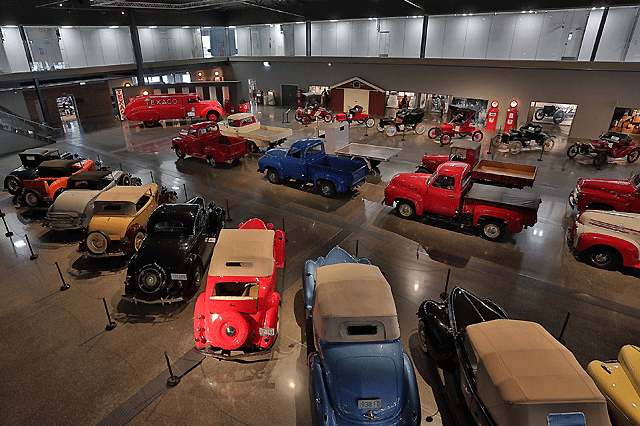
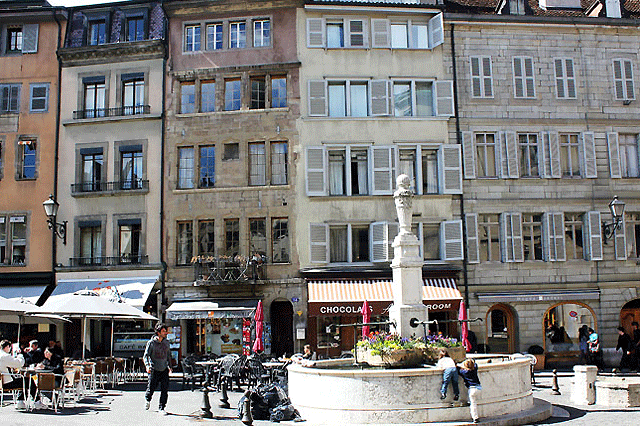
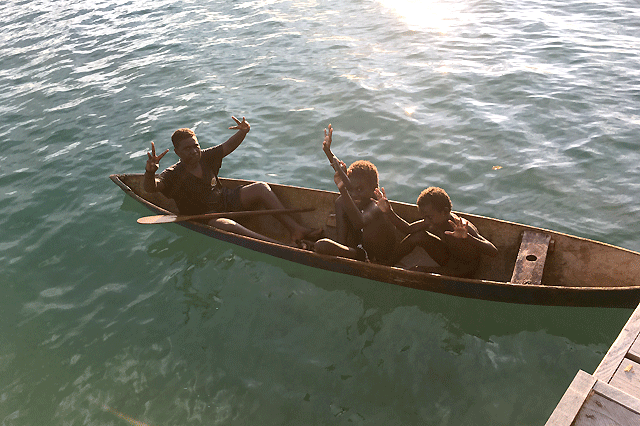
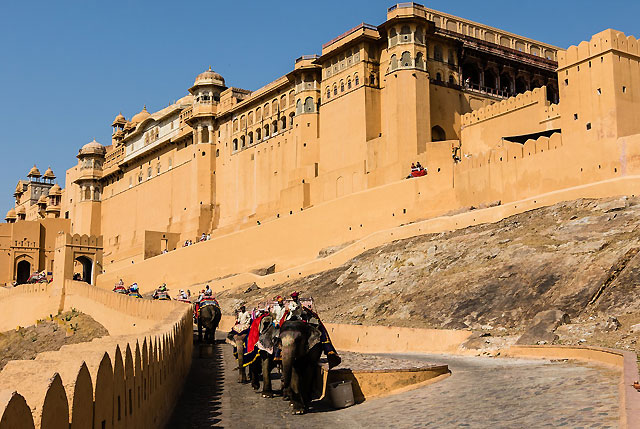
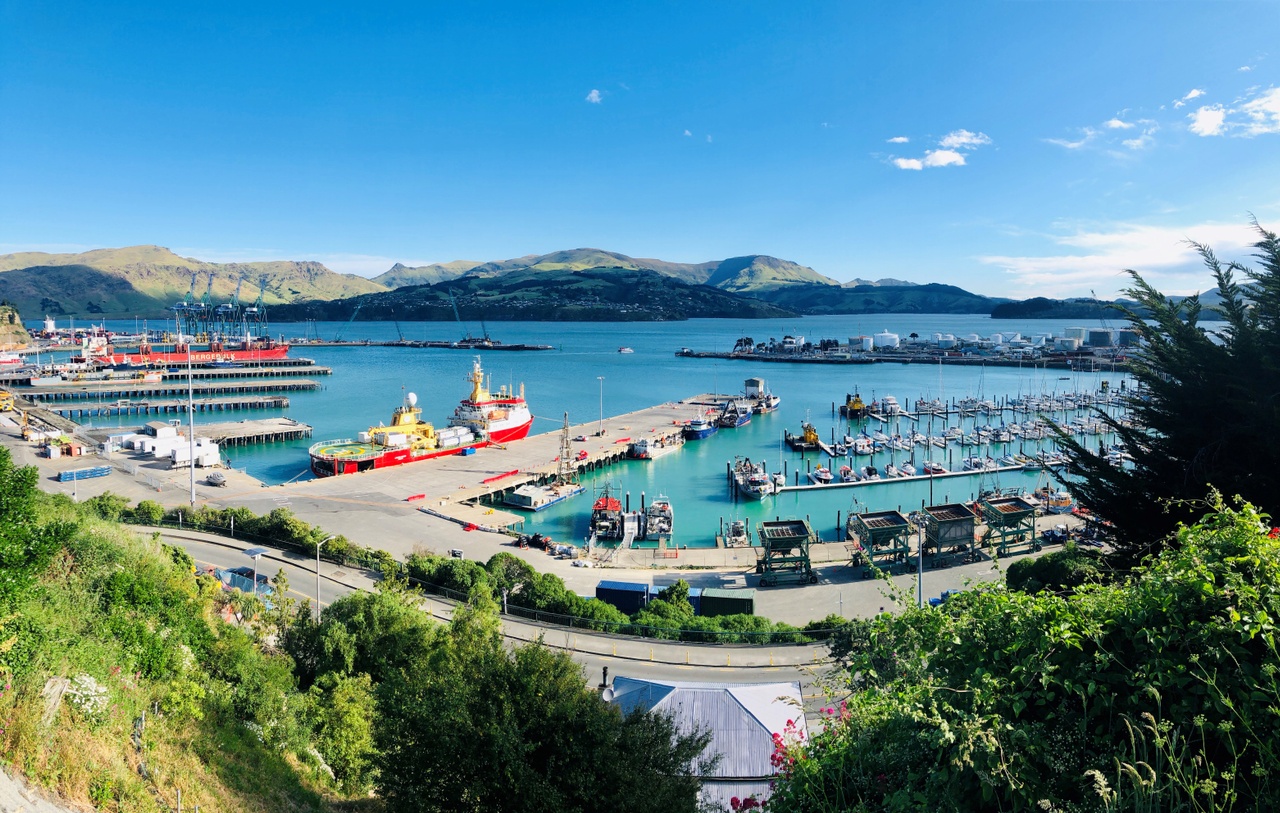
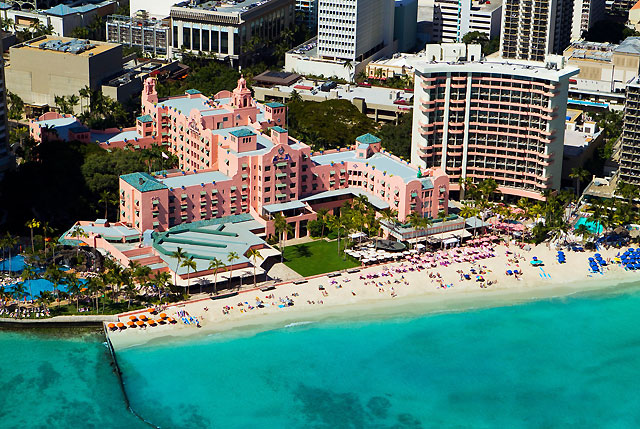
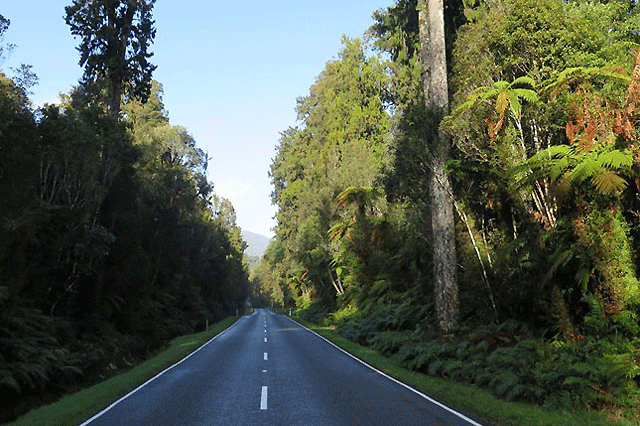

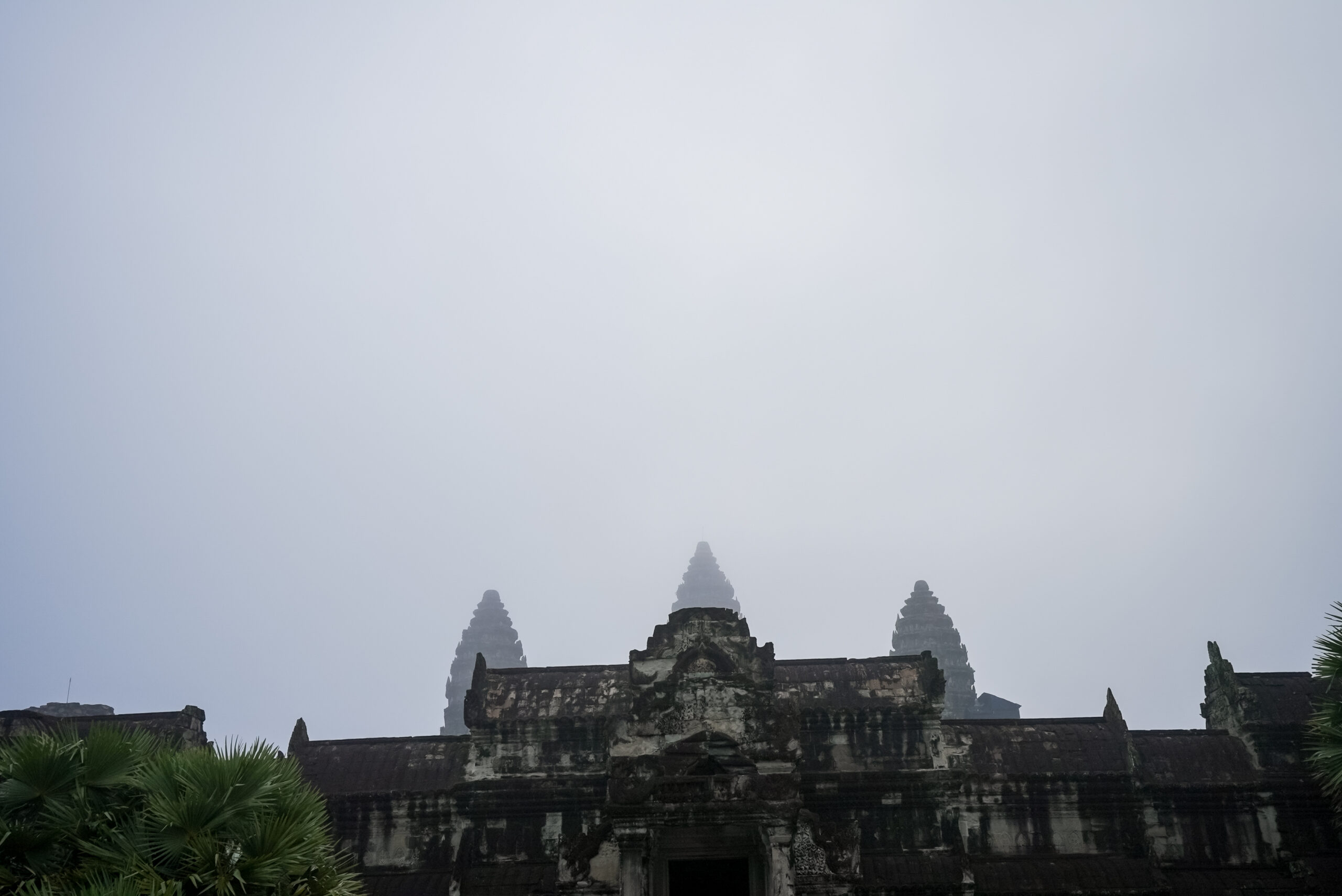
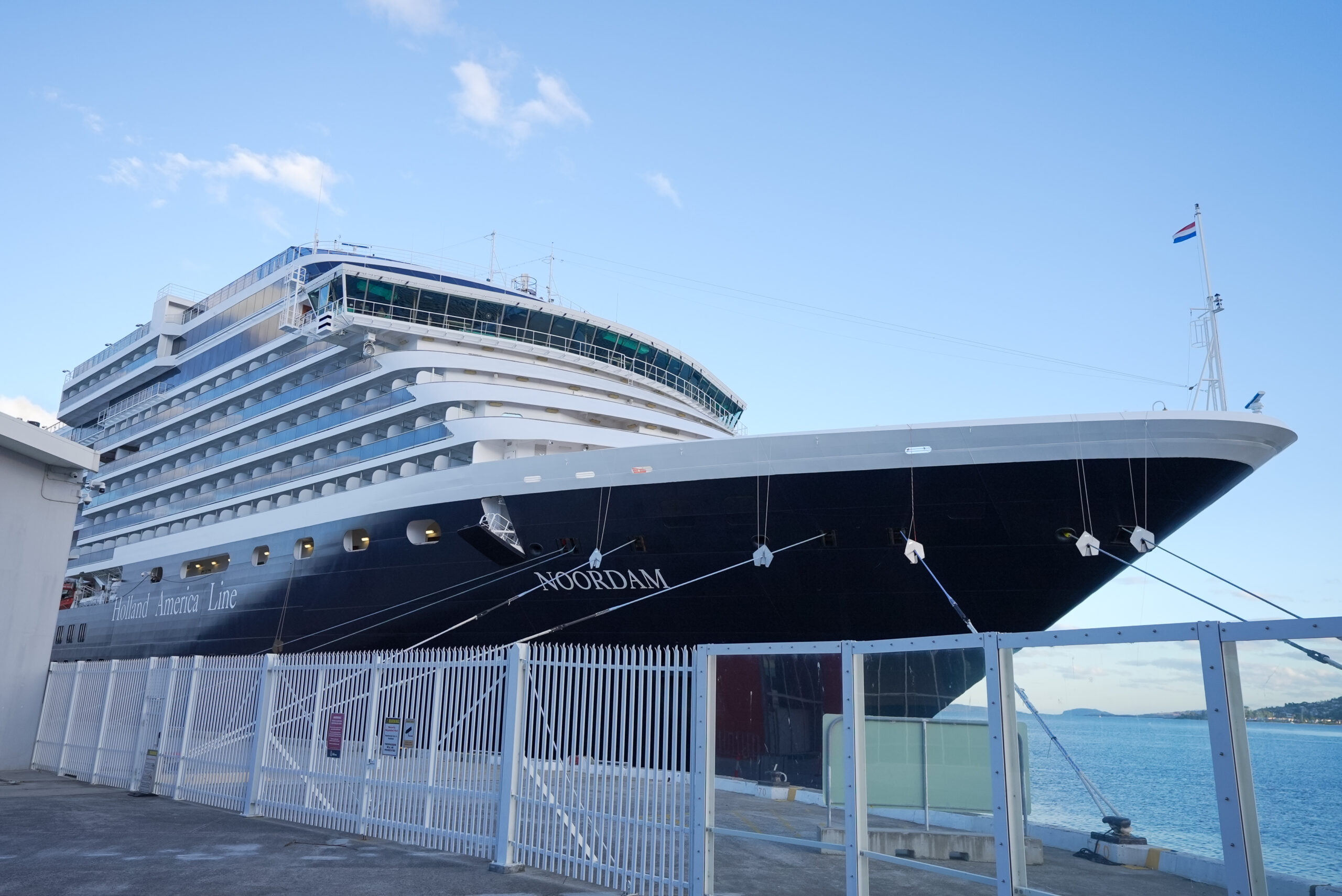
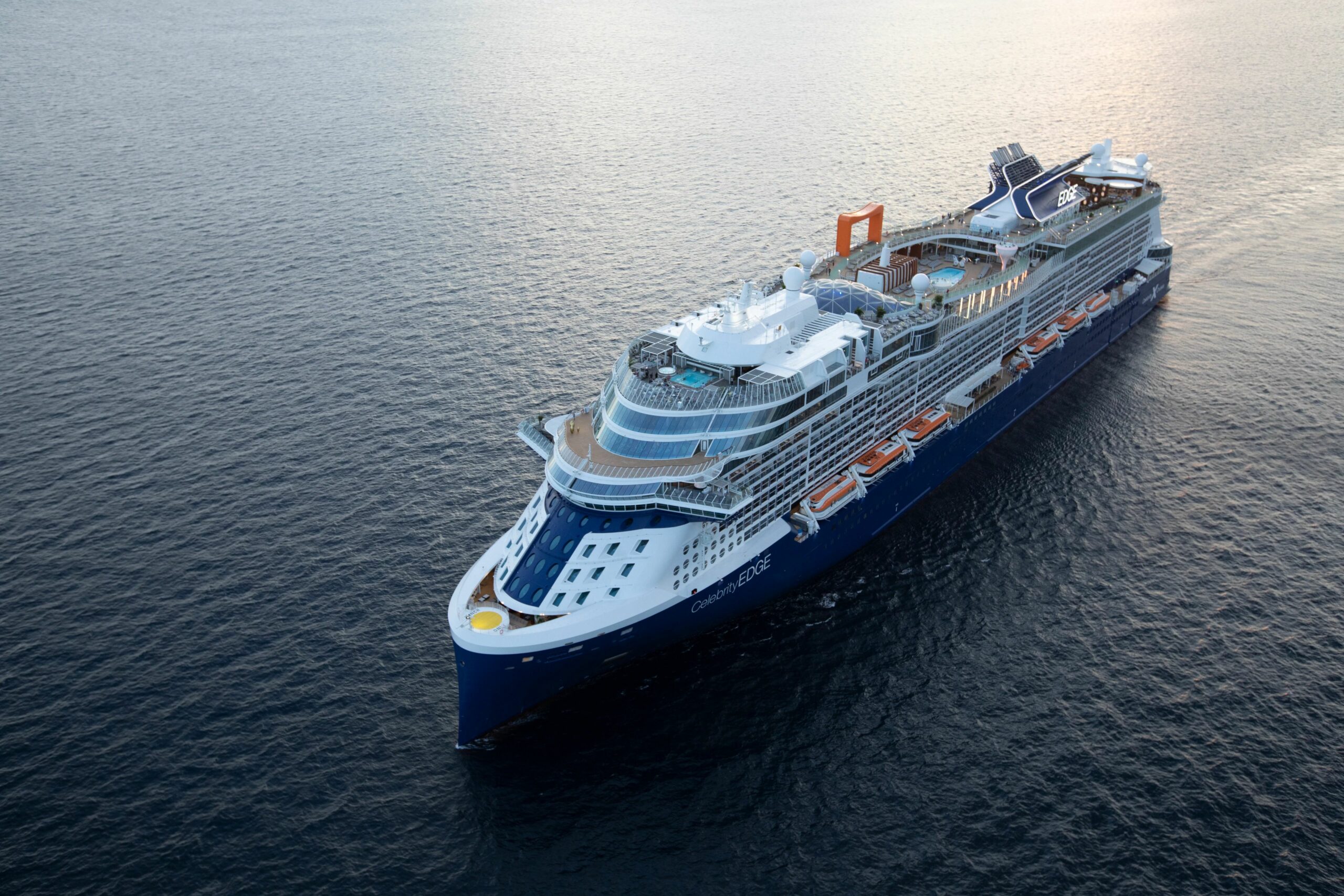
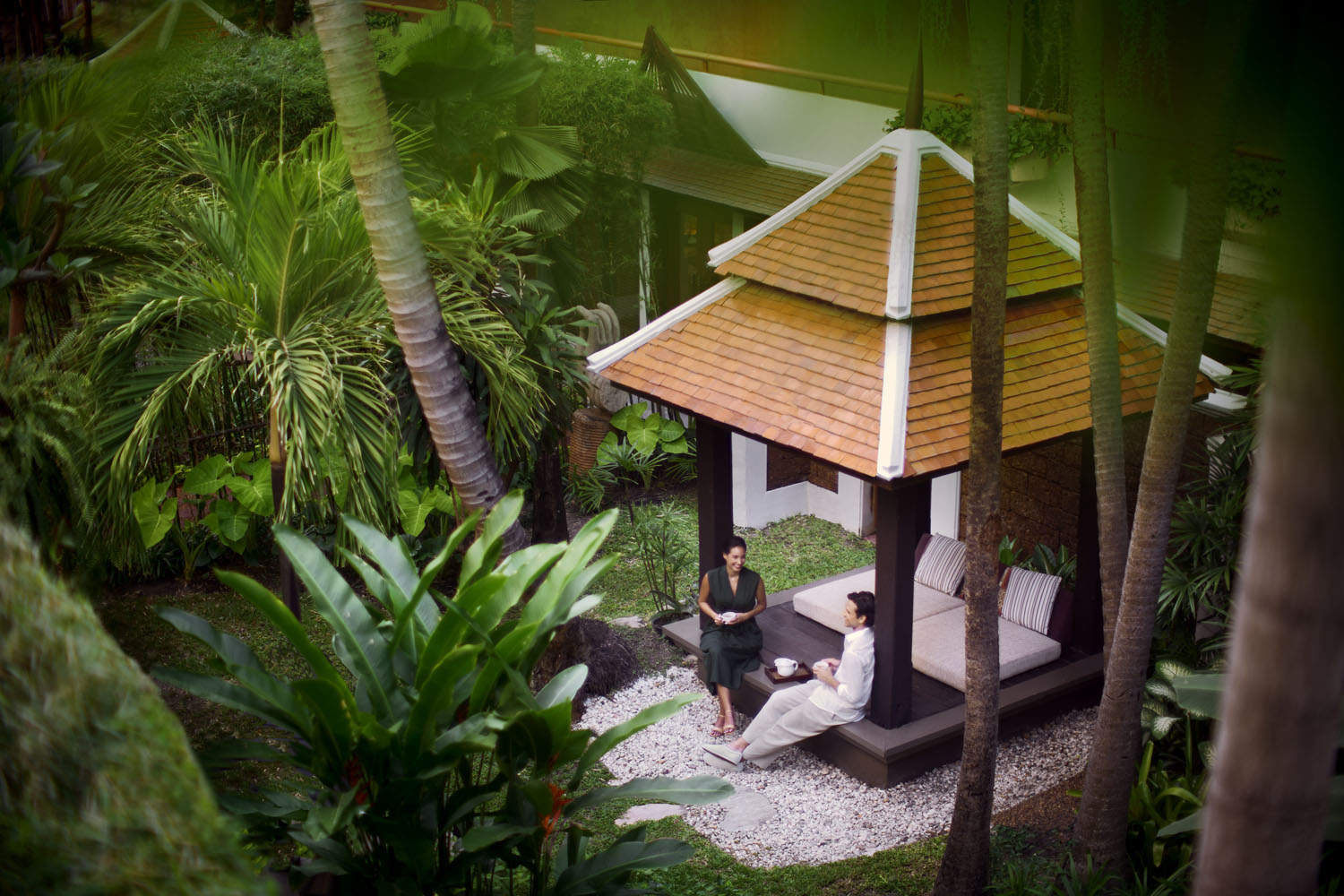
Recent Comments